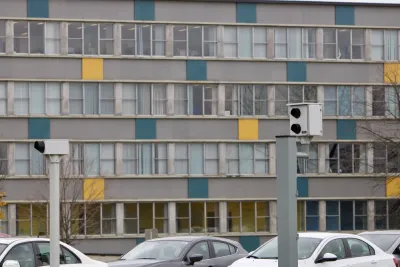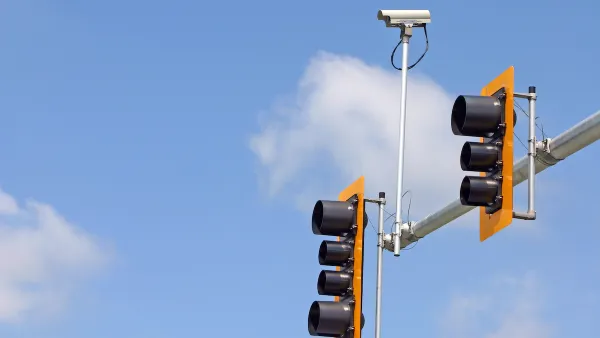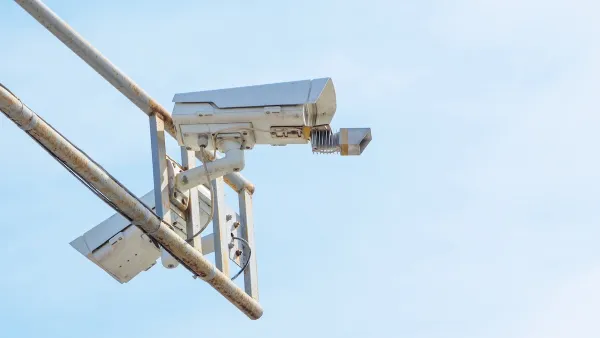Analysis of the automated enforcement program in Ottawa, Canada shows a significant drop in speeding near traffic cameras.

A recent study from Canada highlights the success of Ottawa’s automated traffic enforcement cameras, which, at one location near a school, quadrupled compliance with speed limits. Alistair Steele reports on the story for CBC News.
“Last month, the city announced plans to more than double the number of automated speed enforcement (ASE) cameras monitoring its roads in 2023 from 17 to 40, and to add up to 25 more annually until 2026, creating a web of ASE zones so vast that it could soon become difficult to drive from point A to point B in Ottawa without passing through at least one.” Rather than focusing on schools and parks, the new cameras will be located in “community safety zones” where speeding is a major problem.
In the United States, where traffic cameras are a contentious issue, more policymakers are recognizing their benefits. While proponents say the cameras can help limit interaction with police and improve road safety, critics caution that the programs can disproportionately impact people of color, in large part because low-income neighborhoods often lack safe infrastructure.
As Steele points out, Ottawa isn’t alone in its success with traffic cameras. “A systematic review published by the Cochrane Library in 2010 analyzed 35 separate studies from around the world and found average speeds in the vicinity of ASE cameras dropped by up to 15 per cent.” The same analysis also found a significant reduction in crashes, correlating with fewer injuries and deaths, near cameras.
FULL STORY: Here's the really annoying thing about speed cameras: They work

National Parks Layoffs Will Cause Communities to Lose Billions
Thousands of essential park workers were laid off this week, just before the busy spring break season.

Retro-silient?: America’s First “Eco-burb,” The Woodlands Turns 50
A master-planned community north of Houston offers lessons on green infrastructure and resilient design, but falls short of its founder’s lofty affordability and walkability goals.

Delivering for America Plan Will Downgrade Mail Service in at Least 49.5 Percent of Zip Codes
Republican and Democrat lawmakers criticize the plan for its disproportionate negative impact on rural communities.

Test News Post 1
This is a summary

Test News Headline 46
Test for the image on the front page.

Balancing Bombs and Butterflies: How the National Guard Protects a Rare Species
The National Guard at Fort Indiantown Gap uses GIS technology and land management strategies to balance military training with conservation efforts, ensuring the survival of the rare eastern regal fritillary butterfly.
Urban Design for Planners 1: Software Tools
This six-course series explores essential urban design concepts using open source software and equips planners with the tools they need to participate fully in the urban design process.
Planning for Universal Design
Learn the tools for implementing Universal Design in planning regulations.
EMC Planning Group, Inc.
Planetizen
Planetizen
Mpact (formerly Rail~Volution)
Great Falls Development Authority, Inc.
HUDs Office of Policy Development and Research
NYU Wagner Graduate School of Public Service





























